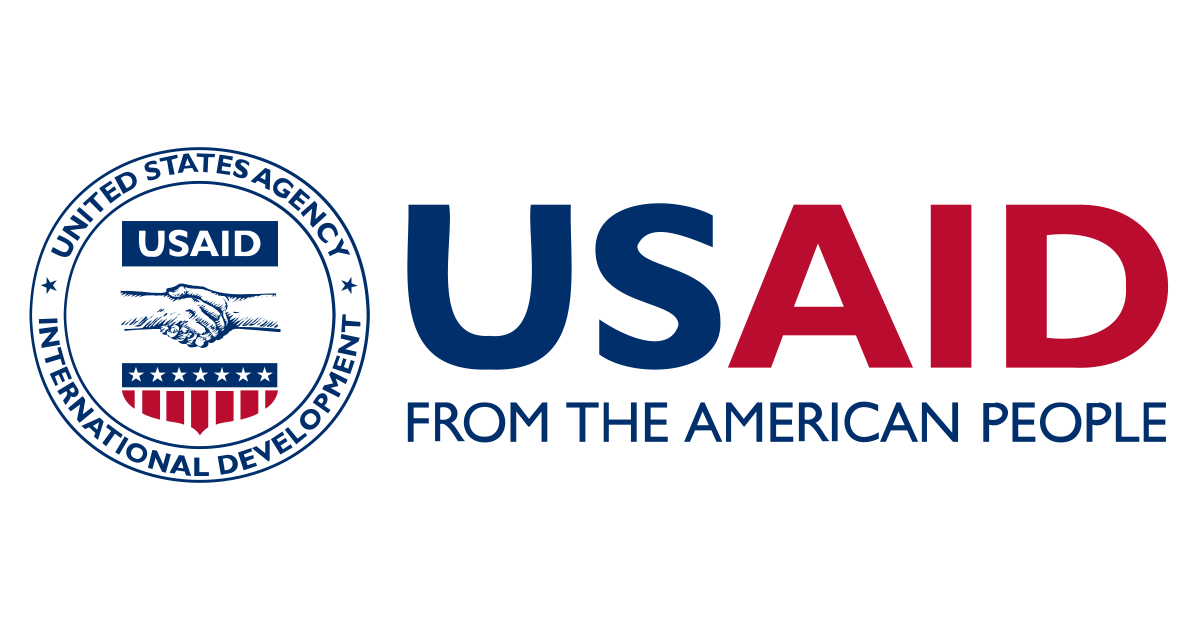A senior USAID official praised the Feed the Future Kenya Crops and Dairy Market Systems (KCDMS), program during a close-out event in Nairobi this week.
Dina Esposito, Deputy Coordinator for Feed the Future, highlighted how the $200 million initiative transformed lives for over 300,000 Kenyans through strengthened agricultural markets.
Esposito cited farmers who significantly boosted yields and incomes with help accessing quality inputs like seeds and fertilizers. She also noted how KCDMS empowered women and youth through private sector partnerships.
Earlier today, I had the opportunity to visit exhibition booths from partners who received support from the Kenya Crops and Dairy Market Systems program to understand just how instrumental this program was to reaching the amazing results I just highlighted.
I also met Shem, an avocado farmer from Kisii County. Through KCDMS support, Shem accessed 15 subsidized avocado seedlings which have now matured. He has increased his sales volumes from 200-300 kilograms per season to more than 1,000 kilograms increasing his income by 300 percent. This additional income has enabled him to educate his children, diversify his family’s diet, and plan for his future. Shem is planning to buy two more acres and plant 240 trees in 2024.
Southeastern Kenya which had developed loyalty programs that expanded farmer access to fertilizer, and helped households to diversify their incomes by raising poultry, growing avocado and investing in drought-tolerant crops. Partnering with local organizations and county leaders, KCDMS also reached more than 35,000 children under two, and nearly 38,000 women with nutrition interventions that improved their diets.
The program is truly transforming lives. One example is the story of Mary Otuku, who is with us today. Mary is a farmer in Siaya County in Western Kenya who in 2022 harvested eight 90-kilogram bags of maize on her two-acre farm. In 2023, she connected to soil testing services through KCDMS and learned that her soil was acidic. The project team connected her to an agro dealer who provided her with the right type of fertilizer and lime to treat her soil. This past harvesting season, Mary harvested thirty bags of maize – a more than eight fold increase from last year – and she is now an agent of change and a model farmer in her community.
Finally, I met a tractor service provider from Makueni County supporting farmers who grow drought tolerant crops. She has partnered with KCDMS since 2022 to plow land for the farmers with chisel plows that use deep tillage technology. So far, she has helped 637 farmers plow their land, boosted their yields by seven times, and increased her own income by 60 to 70 percent, which has allowed her to send her children to school.
The programme built resilience against crises, utilising additional USAID funds to assist 180,000 farmers struggling with high fertilizer prices due to the Ukraine war, Esposito added.
Kenyan government officials attended the event, including the Agriculture Ministry’s Principal Secretary. Esposito thanked them for close collaboration enabling KCDMS’s success.
While closing this chapter, she assured USAID will sustain over $125 million in new Kenya agriculture investments. Esposito invited continued partnership on future initiatives for inclusive growth.
KCDMS spanned over a decade as part of the US government’s Feed the Future initiative. Officials termed it a model for lifting rural livelihoods through market-driven approaches.



